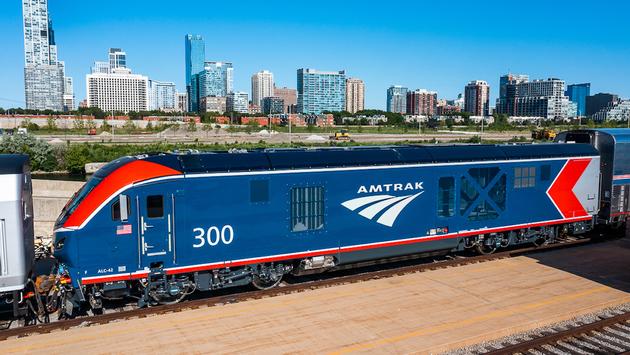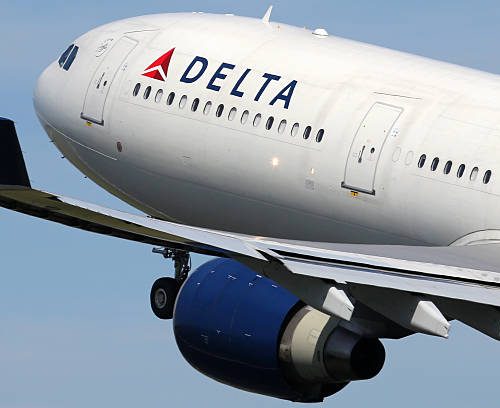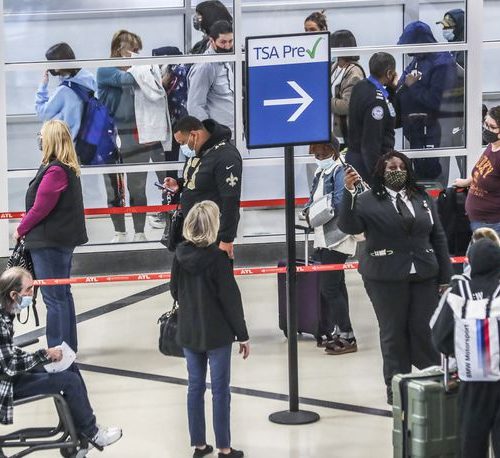RICH THOMASELLI | HollywoodReporter.Com
Troy Warren for CNT #Travel #Business
Not surprisingly, travel leaders are ecstatic this morning after Congress passed a historic $1.2 trillion infrastructure bill late Friday night.
The oft-debated, contentious final vote was approved by a margin of 228-206in the House of Representatives after the Senate had already voted in favor in August, CNN and major media outlets all reported.
It is the largest federal government expenditure for infrastructure in history.
The Infrastructure Investment and Jobs Act now heads to The White House for President Joe Biden’s signature, which is expected almost immediately. Of the $1.2 trillion, $550 billion is earmarked for transportation projects for roads, bridges, airports, rails, mass transit and more.
“The passage of the bipartisan Infrastructure Investment and Jobs Act is both significant and long overdue. The bill will have a profound impact on how people travel for decades to come,” U.S. Travel Association President and CEO Roger Dow said in a statement.
“By making historic investments in our transportation infrastructure now, we can emerge from the pandemic with stronger, more modern and efficient systems that can facilitate a resurgence in travel demand. U.S. Travel has strongly advocated for this important piece of legislation and championed these important policies for years. The historic levels of travel infrastructure investment provided by this act—including for airports, railways, highways, electric vehicle charging infrastructure and more—will accelerate the future of travel mobility.”
Here is the breakdown of expenditures in the bill, according to CNN:
– $110 billion for roads, bridges and major infrastructure projects
– $40 billion for bridge repair, replacement and rehabilitation
– $11 billion for transportation safety, including a program to help states and localities reduce crashes and fatalities, especially of cyclists and pedestrians
– $1 billion to reconnect communities — mainly disproportionately Black neighborhoods — that were divided by highways and other infrastructure
– $39 billion to modernize public transit
– $66 billion in passenger and freight rail, according to the bill text. The funds would eliminate Amtrak’s maintenance backlog, modernize the Northeast Corridor line and bring rail service to areas outside the Northeast and mid-Atlantic regions
“Passenger rail offers the transportation solutions this country needs, and Amtrak is ready to make it happen,” Amtrak CEO Bill Flynn said in a statement. “This bill will allow Amtrak to advance significant infrastructure and major station projects on the (Northeast Corridor), purchase new passenger rail equipment and develop new rail corridors, bringing passenger rail to more people across the nation. As demonstrated by their commitment to rail in this bill, the Administration and Congress believe in the future of rail and Amtrak and we will move quickly to advance these projects.”
– $65 billion to improve the nation’s broadband infrastructure
– $17 billion in port infrastructure and $25 billion in airports to address repair and maintenance backlogs, among other items. Airports usually receive about $3.5 billion a year in Airport Improvement Program funds.
“We applaud lawmakers on both sides of the aisle for coming together to pass this important legislation to make a historic investment in our nation’s airports,” Airports Council International – North America President-CEO Kevin Burke said in a statement.
“With air travel on the rise, America’s airports look forward to getting to work on hundreds of essential improvement projects that will expand the capacity of our terminals and runways, increase the resiliency of our infrastructure, and improve the overall passenger experience. ACI-NA has long supported and pushed for this bipartisan infrastructure legislation because it provides a much-needed down payment to upgrade aging airport facilities across the country. These new investments will help address critical infrastructure needs at our airports, which have become even more pronounced during the COVID-19 pandemic.”
The bill also establishes a Chief Travel and Tourism Officer at the Department of Transportation to help coordinate travel and tourism policy across all modes of transportation.
“This role will be vital for rebuilding our industry and preparing to welcome back visitors from around the world,” Dow said.
In Other NEWS



































